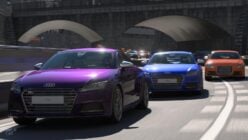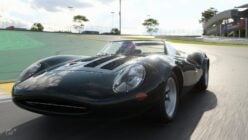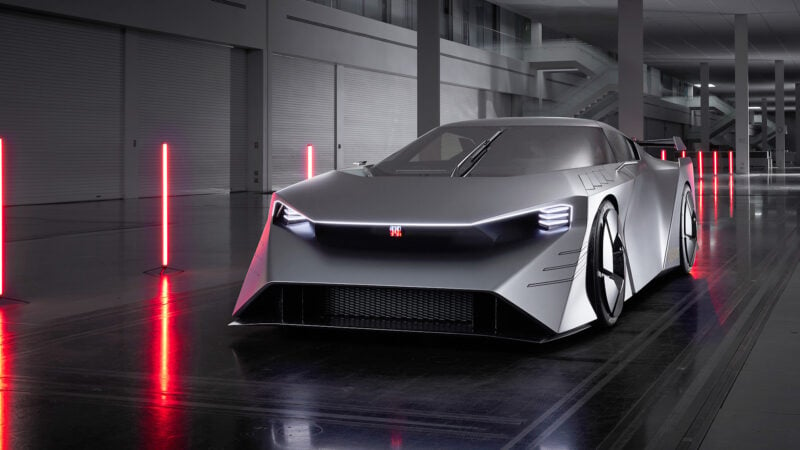
Nissan has revealed a new concept car called the Hyper Force as part of the Japan Mobility Show in Tokyo, and Gran Turismo 7 developer Polyphony Digital has again been involved in creating the vehicle.
The Hyper Force, clearly inspired by the Nissan GT-R, is the fifth of five “Hyper” concept models unveiled by Nissan at the show. Each is designed, according to Nissan president and CEO Makoto Uchida, as “symbols of the future”.
They consist of the Hyper Adventure, Hyper Punk, and Hyper Urban small crossovers, the Hyper Tourer MPV, and the Hyper Force as the performance sports car. Naturally, all five are exclusively battery-electric vehicles, as legislation worldwide funnels development of this technology.
The Hyper Force features a solid-state battery for optimized weight distribution within the lightweight body that consists mainly of “high-strength carbon”. There’s no information on the battery’s capacity, but Nissan states that it can supply 1,000kW — that’s 1MW — to the motors.
Precisely what motor configuration is used is also unknown, but that’s 1,341hp of output delivered to all four wheels via the company’s e-4ORCE all-wheel drive system.
This system was designed for Nissan’s electric vehicles, featuring a pair of motors — front and rear — which can deliver torque to each side independently, as well as controlling the brakes under cornering. It made its debut in 2020 on a Leaf development car, before arriving in 2023 as fitted to the Ariya and X-Trail SUVs.
Naturally that’d be a more sporting configuration in the Hyper Force, which also sports Nismo-designed aerodynamics, an active rear wing, splitter, and canards, and a “dual-level rear diffuser”, all intended to keep maximum grip at all times.

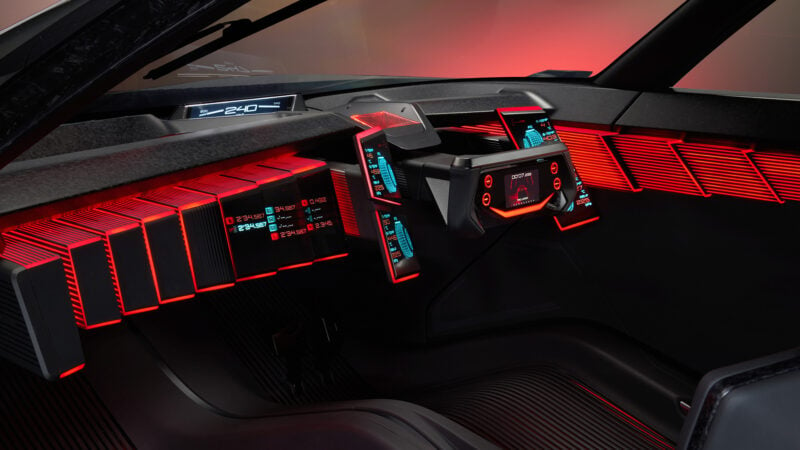
Nissan called upon Polyphony Digital’s expertise for the graphical user interface (GUI), repeating the collaboration between the two brands for the current Nissan GT-R which saw PD design the information screen displays.
Given the Hyper Force’s obvious homages to the GT-R — from the quad tail lights to the subtle white and red badge on the nose — it seems like an entirely appropriate continuation of the brands’ co-operation.
Naturally PD has also taken influence from the GT-R itself, designing two modes of operation for the GUI. There’s a “GT” mode, which sees the cabin bathed in blue lighting as the car settles into more simplified and comfortable settings, while the red-lit “R” mode throws up data on everything from brake temperature to lap times as the display screens all move towards the driver.
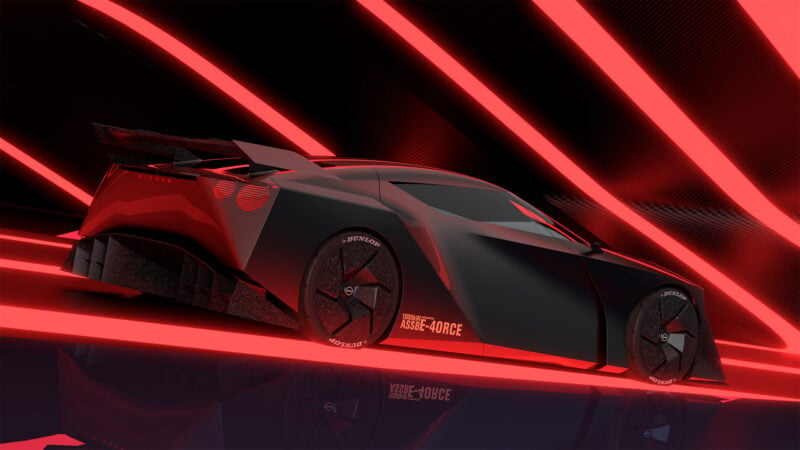
The high-tech interface isn’t quite done there, as Hyper Force supports augmented and virtual reality systems. In AR, using special visors, the car could be used to compete against digital “ghosts” on a real race track, while VR would — while the car is parked, of course — allow for a full gaming experience. That’d make the Hyper Force probably the most impressive and expensive driving rig we’ve seen yet.
Of course the five “Hyper” concepts are not cars that are destined for production and merely show the direction of Nissan’s design and technology. That means that we’re unlikely to see any of them hit the public roads in current form.
As for whether they’ll appear in Gran Turismo in the future, it’s not something that we’d rule out given previous appearances of Nissan’s performance concepts in the series. The Hyper Force even appears to be driving around the Nurburgring and a reworked Special Stage Route X in one concept video…
See more articles on Nissan, Polyphony Digital, and Polyphony Digital Collaborations.







